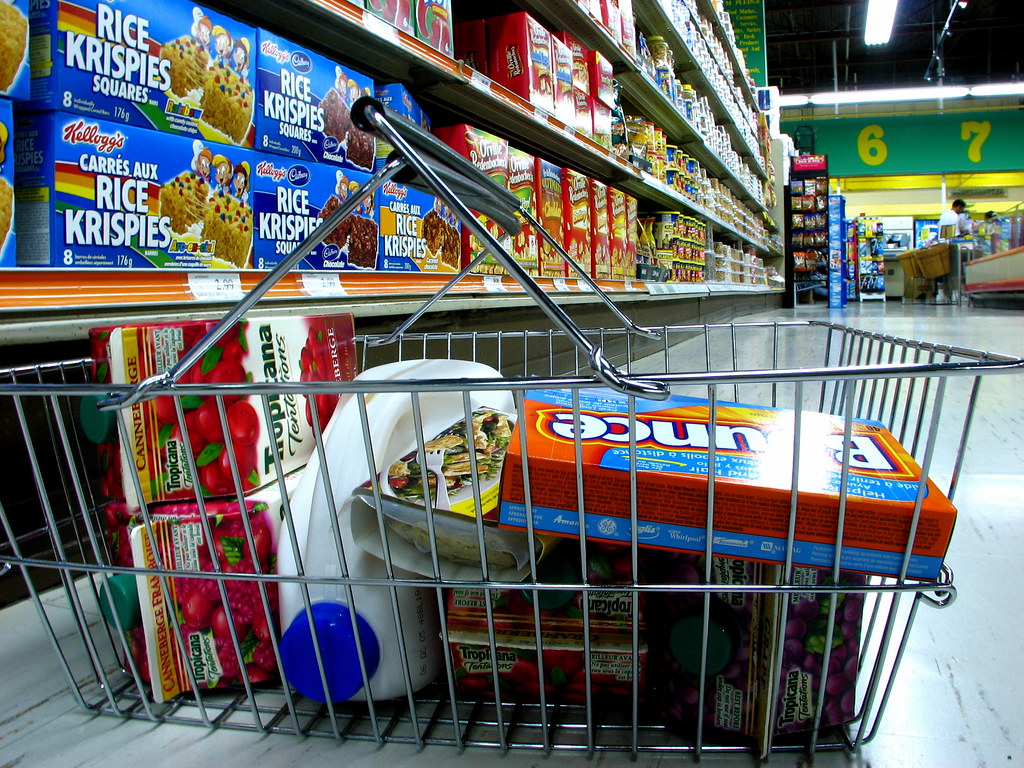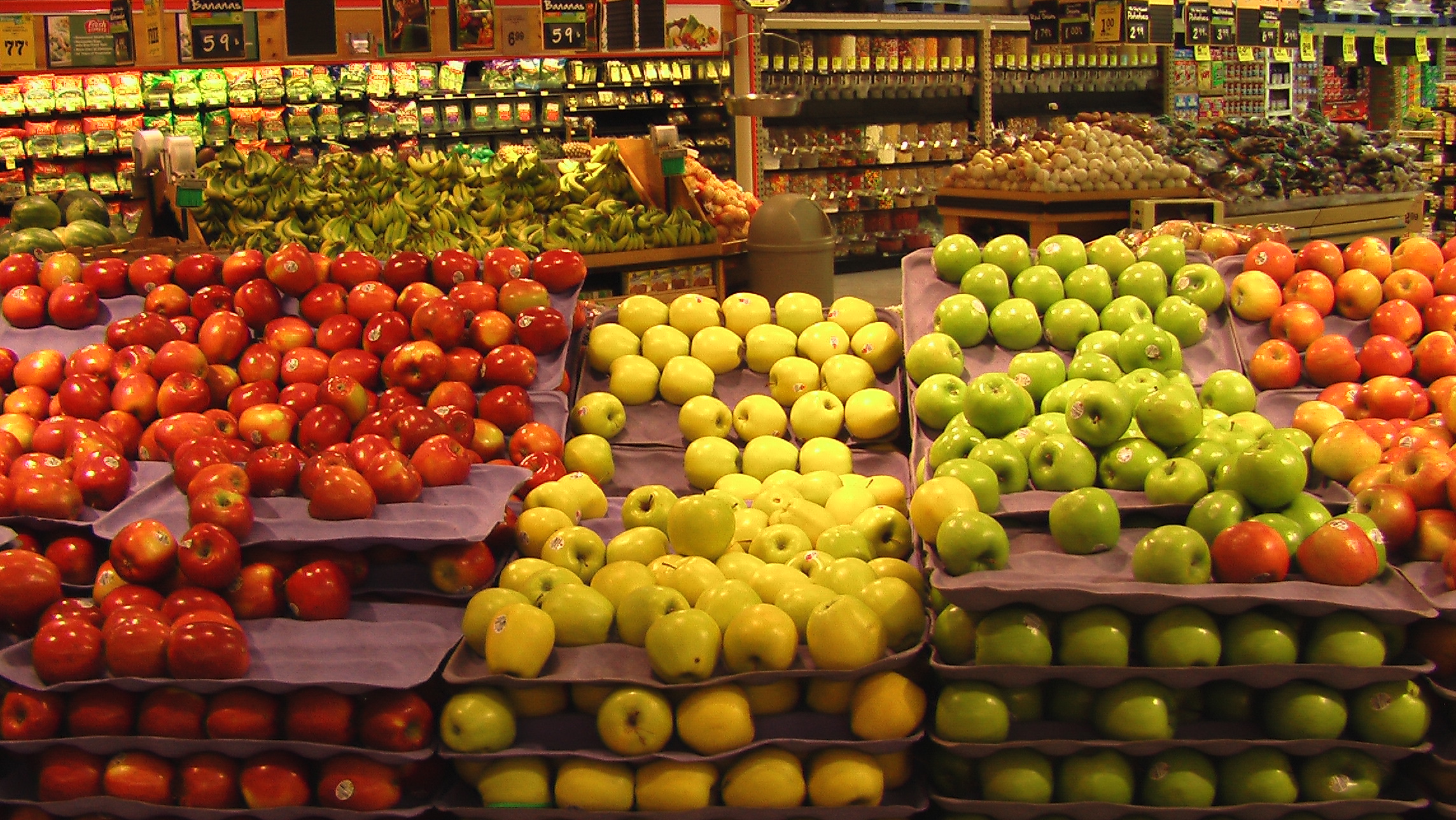Why is your grocery bill still making you cringe? Even though pandemic-related inflation has cooled off a bit, food prices are stubbornly sticking around at higher levels. What’s the deal with this, and is price gouging really to blame? Let’s dive into the nitty-gritty. 🛒📈
📊 The Basics: Why Food Prices Are Still Rising
According to the U.S. Bureau of Labor Statistics, food prices have continued to climb, even if the pace has slowed. From June to July, prices increased by about 0.2%, and they’re up 2.9% over the last year. But why? Here are a few factors keeping prices high:
- Supply Chain Woes: The aftermath of the COVID-19 pandemic disrupted supply chains worldwide, causing delays and shortages that have driven up costs. 🌍🚛
- Global Conflicts: The war in Ukraine has added to the chaos, especially for staple goods like wheat and oil, pushing prices higher. 🥖⚠️
- Labor Issues: From farm to fork, labor shortages have added to the costs, with companies paying more for workers, which trickles down to consumers. 💼🧑🌾
💰 What’s Price Gouging, Anyway?
Price gouging usually refers to when sellers hike up prices significantly above what is considered fair, especially during emergencies. But in the case of food prices, it’s complicated:
- Brand Strategy: Retailers often price products to emphasize quality and freshness, leading to variability in prices. 🏷️
- Packaging Costs: Environmentally friendly packaging is more expensive, adding to the cost of goods. 🌿📦
- Complementary Pricing: Items like cereal and milk are often strategically priced together, making it tricky to spot price gouging. 🍶🥣
Why it’s hard to prove: Comparing prices across stores isn’t simple. Retailers have different costs and strategies, making it tough to determine if someone’s truly gouging prices or just dealing with high costs themselves. 🔍🛒

😓 So, Why Are Groceries So Expensive?
Aside from the big-picture issues, there’s a more nuanced story here:
- Uncertainty Costs: Post-pandemic, companies face unpredictability in demand and supply chains. Inventory that sits too long or is misplaced adds costs, which are passed on to shoppers. 🚚❓
- Changing Demand Patterns: COVID-19 has shifted how and what we buy, leaving retailers scrambling to keep up with fluctuating demand, which impacts pricing. 📈📉
In short, it’s a perfect storm of global and local issues, along with complex pricing strategies, that’s keeping food prices high. And while some may cry “price gouging,” the reality is far more complicated. 🌪️💸
Understanding why your grocery bill is still high isn’t easy, but knowing the factors at play can help you navigate these challenging times. Stay informed, and keep an eye on those price tags! 🛒🧐
